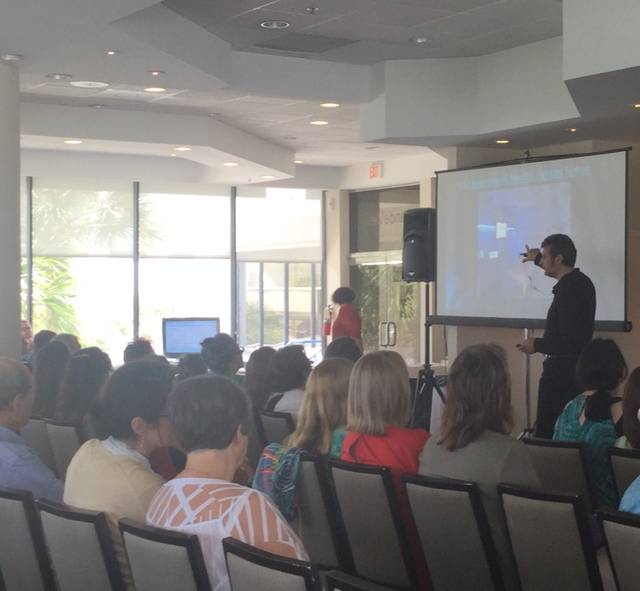
A difference in lighting impacts the outcome of clinical performance and patient safety in emergency departments, according to a preliminary pilot study at Mount Sinai Hospital in New York, New York.
“Lighting is an environmental factor that can affect clinician wellness and performance and medical error,” said Dr. Octavio Luis Perez, a researcher at Mount Sinai Hospital. “The problem is that medical error is the third leading cause of death in the United States that affects more than 250,000 patients each year.”
Perez, a former engineer, has a doctorate’s degree in multidisciplinary science. His primary focus is “human-centric lighting” and the study of how lighting affects human wellness and performance.
To study how lighting affects hospital clinician performance and patient safety, Perez and his colleagues at Mount Sinai Hospital set up an experiment to compare fluorescent lighting and full visible spectrum lighting. The National Institute of Health provided a $30,000 grant for the research.
The researchers set out to answer this question: “To know if there is a difference in clinician wellness and performance during the execution of clinical procedures at the Emergency Department (ED) due to the new controlled lighting.”
The control room was a standard room in the emergency department with fluorescent lighting. In the experimental room the fluorescent lighting was removed and two LED light engines were installed. Blue-enriched full visible spectrum lighting was built into indirect recesses around the perimeter of the room. The LED lighting was controlled by the clinicians through using software on a smart phone or tablet.
Perez and his colleagues had a hypothesis that, “The clinician wellness and performance outcomes will be significantly improved with indirect, ‘blue-enriched,’ full visible spectrum, ‘white’ lighting…compared to the existing fluorescent lighting.”
To test this hypothesis, the Mount Sinai clinicians in the emergency department performed simulated medical procedures. Two medical procedures were performed in the control room under the fluorescent lighting. The same two medical procedures were performed in the experimental room with the indirect blue-enriched full visible spectrum lighting.
Perez and his colleagues found that under the conditions of the indirect blue-enriched full visible spectrum lighting, less time was needed to complete tasks, and there was less stress.
The pilot data from the study will be used in future studies with the National Institute of Health as Perez and his colleagues continue to study the environmental affects of lighting on healthcare.
Perez presented his research April 30 at the 14th-annual conference of International Light Association in Ft. Lauderdale, Fla.


